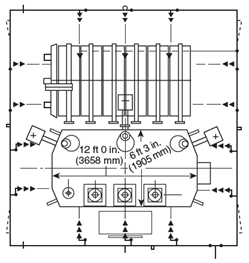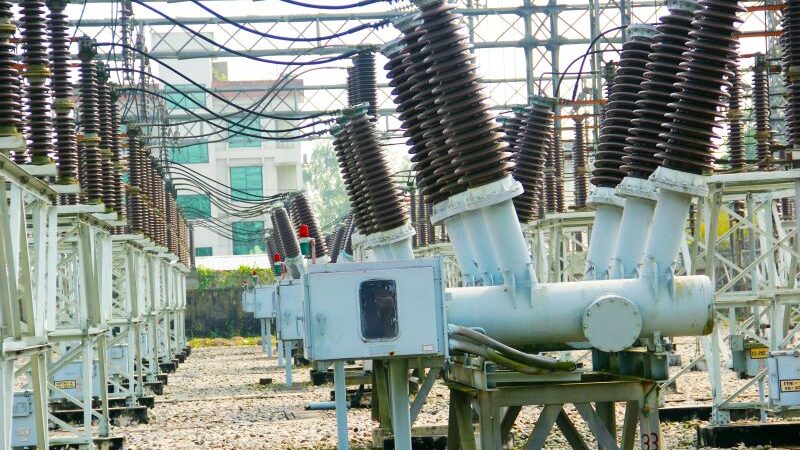Article by Stephen Oliver, PE, MBA – Executive Vice President
Transformers are the workhorses of the power grid, silently stepping up or down voltage to deliver electricity efficiently. But these vital pieces of equipment also pose a significant fire risk. Transformer oil, used for cooling and insulation, is flammable, and internal faults can generate high temperatures. When these factors combine, a catastrophic fire can erupt, causing damage to equipment, power outages, and environmental hazards.
Unexpected power outages can have a big effect on economic livelihoods, such as the outage that occurred in Wildwood, NJ in July 2023. This outage alone affected 24,000 people during the height of the summer season, and thousands of dollars of lost revenue due to spoiled food, closed businesses and tourists cancelling plans or leaving the area due to lack of electricity.
Fortunately, a multi-layered approach can significantly mitigate transformer fire risk. Here, we explore key fire suppression and detection systems that keep transformers and the grid safe.
Early Detection is Key
The first line of defense is early detection. Traditional methods like Buchholz relays, which detect gas buildup within the transformer due to internal faults, remain valuable. These are common on oil-filled transformers equipped with conservator tanks, which are external overhead oil reservoirs. However, other technologies are also used for early detection:
- Linear Heat Detectors: Linear heat detection looks like wire, however senses when heat exceeds a certain temperature, and sends a signal to a fire alarm panel. This form of continuous monitoring for abnormal temperature increases is typically affixed to deluge system piping around the transformer.
- Rate of Rise Heat Detectors: Rate of rise heat detectors, often called “stick detectors”, sense when heat changes quickly, and send a signal to an alarm panel.
- Fiber Optic Sensors: Embedded within the transformer, these sensors can detect minute changes in temperature and pressure, providing a wealth of data for early fault identification.
Suppression Systems for Different Needs
Once a fire is detected, the right suppression system is crucial. Here are some common options:
- Water-Based Systems: The most commonly used fire suppression system for transformers is that of water-based deluge systems. The water is applied uniformly to the transformer to cool it during a fire event.
- Compressed Air Foam Systems: These systems can be used outdoors and are an alternative that can be used when limited water is available.
- Clean Agent Systems: These systems use gaseous agents like NOVEC 1230, Carbon Dioxide or Nitrogen to extinguish fires by displacing oxygen or heat. These systems most properly function indoors where a room is air-tight, or close to it.

Choosing the Right System
The ideal fire protection system depends on several factors, including transformer size, location, and surrounding equipment. Here are some key considerations:
- Oil Capacity: Larger transformers with more oil pose a greater fire risk and may require more robust suppression systems.
- Indoor vs. Outdoor: Outdoor transformers face different environmental challenges, and the chosen system should be weatherproof.
- Environmental Impact: Clean agent systems minimize environmental damage, but water-based Deluge systems can be a more cost-effective option.
- Fire Walls and Separation: Design of transformer location should take into account the distance to other flammables and can often include fire walls to help limit the spread of a potential fire.
- NFPA 15, Standard for Water Spray Fixed Systems for Fire Protection: Should be consulted for details on water-based protection.
By implementing a combination of fire detection and suppression systems, utilities can significantly reduce the risk of transformer fires. Early detection paired with the right suppression method ensures the safety of personnel, equipment, and the power grid itself. Regularly inspecting and maintaining these systems is equally important to guarantee their effectiveness when needed.
Investing in robust fire protection for transformers is not just about safeguarding equipment; it’s about ensuring a reliable and resilient power grid for everyone. For more information, contact Oliver Fire Protection and Security to speak with our Fire Suppression Specialists.

